Seabed Seismographs Reveal Duration and Structure of Longest Runout Sediment Flows on Earth
(2024)
Journal Article
Baker, M. L., Talling, P. J., Burnett, R., Pope, E. L., Ruffell, S. C., Urlaub, M., Clare, M. A., Jenkins, J., Dietze, M., Neasham, J., Silva Jacinto, R., Hage, S., Hasenhündl, M., Simmons, S. M., Heerema, C. J., Heijnen, M. S., Kunath, P., Cartigny, M. J. B., McGhee, C., & Parsons, D. R. (2024). Seabed Seismographs Reveal Duration and Structure of Longest Runout Sediment Flows on Earth. Geophysical Research Letters, 51(23), Article e2024GL111078. https://doi.org/10.1029/2024gl111078
Turbidity currents carve the deepest canyons on Earth, deposit its largest sediment accumulations, and break seabed telecommunication cables. Powerful canyon‐flushing turbidity currents break sensors placed in their path, making them notoriously chal... Read More about Seabed Seismographs Reveal Duration and Structure of Longest Runout Sediment Flows on Earth.
